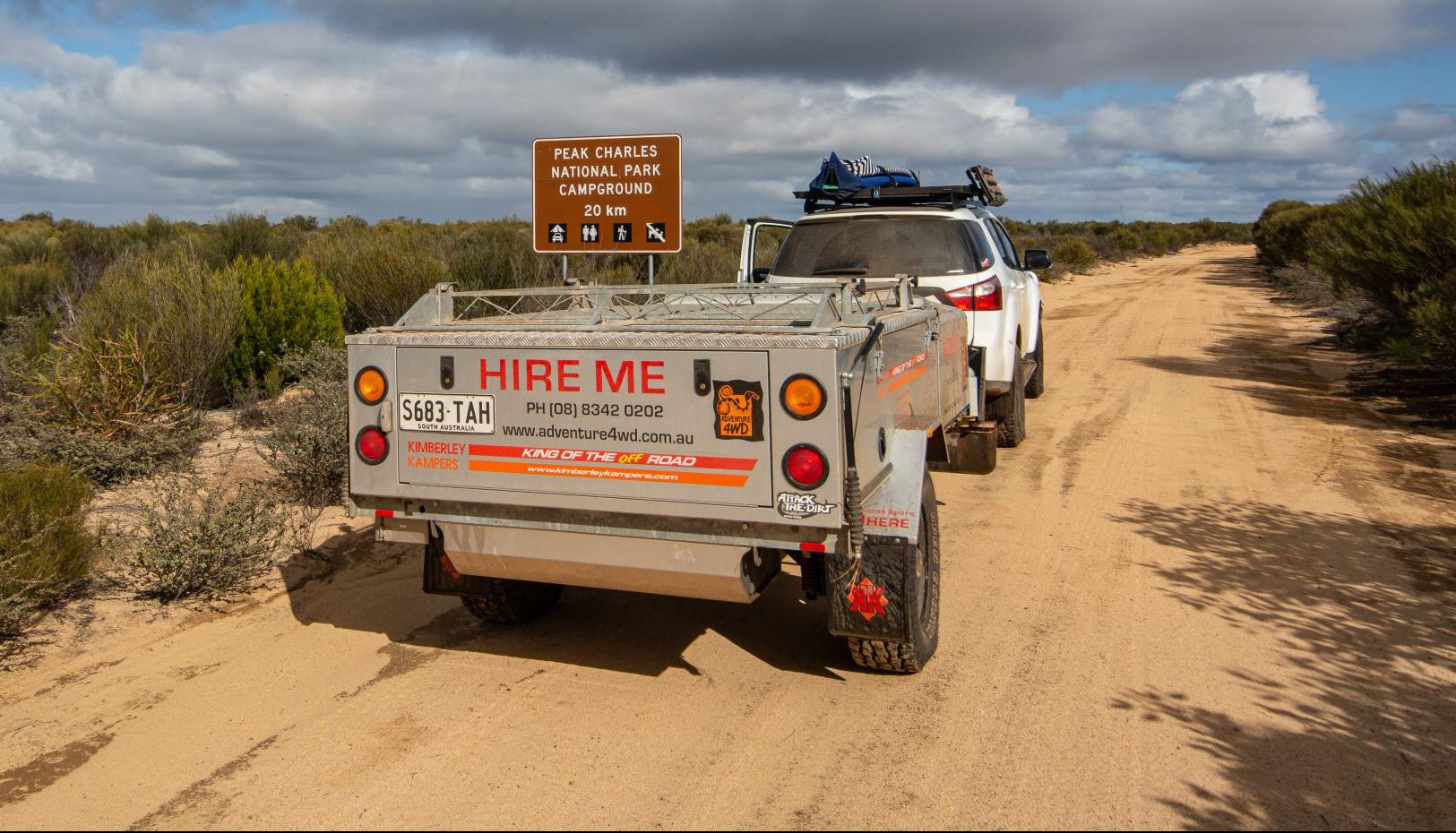You know a lot of people spend a lot of time and money chasing the best tyre for their 4WD and never really succeed, because they’ve gone down the same old pathways that everyone else has, playing it safe and not wanting to be seen to be different. It’s the herd mentality. You could opt for Cooper, BFG or Mickey Thompson because they are the obvious ones, the ones that the herd follows or you could take a different approach and try something different.
That’s the approach I’ve taken with most of my 4WD purchases, making some reasoned assessments of products I’m going to be interested in and not paying too much attention to what the crowds had to say.
I found Toyo OPAT (that’s Open Country All-Terrain) back in around 2004. About then Toyota had just released the 120 series Prado, and a 17” wheel fitment appeared for the first time. Now that caused some problems for those of us who like to go bush with our vehicles rather than just swan around town because there were virtually no Light Truck alternatives available. It’s a bit like the situation we find ourselves in now with 18”, the tyre industry having to play catch-up with the fashion trends being trotted out by vehicle makers.
So those of you who are regular readers of my columns and blogs will know I’ve been banging on for years now about the importance of Load Index, the numbers hanging off the end of a sidewall size like LT265/65R17 121S. The 121 tells me that this tyre carries 1,450kgs and that ticks my box of tyre strength because anything with a 120 or greater load index has got some guts in its carcass.
The 120 Prado came with a lowly 112 = 1,120kgs load index tyre, and it was a paper-thin Dunlop Grandtrek standard issue that saw duty on likely hundreds of thousands of Prados right around the world. I remember a vehicle that steered poorly, stopped indifferently, went around corners with terminal understeer and off-road would cop a puncture on the slightest imperfection. Not ideal.
Listening to Prado owners suggested they were experiencing the same faults and were all crying out for a fix and that came from that first generation of OPAT. Feedback is important because making recommendations comes with some risk, so I wanted to be sure I wasn’t sending people down a blind alley. I wasn’t.
Let’s get some impartiality going in this story before you all think that money has changed hands for me to write this on Toyo’s behalf. True, Toyo has been kind enough to spend some money on ads in this magazine from our start earlier this year, but I’ve been driving their tyres since the days of the 120 Prado, and yes some money did change hands but not in the way you’re thinking.
There’s a big difference in saying kind words about a patron’s product who’s given you something versus saying something about a product that you’ve outlaid your own hard-earned on. That’s where we are at with this yarn.
Currently, I’ve got OPATs attached to five vehicles in my fleet, two Isuzus (a D-MAX and M-UX), two Kimberley camper trailers and an enclosed ATV trailer. I reckon that qualifies me to offer an operational comment or two so here goes.
Firstly if you get keen in managing your pressures, you can be puncture-proof with these tyres, and I mean puncture-proof on some seriously rough tracks. They’ll also carry seriously heavy loads without fail. I travel down the Fleurieu Peninsula south of Adelaide on a regular basis and the twists and turns on the bitumen demand a tyre that can go around corners. OPATs make my vehicles handle and stop like sports cars on that road. Off-road and aired-down they deliver positive grip on sand and on rock. They are the great all-rounder, the great all-terrain and that makes my tyre of choice simple.
Want to know more? Head over to the Toyo Tire’s website and check out the AT2.






GIPHY App Key not set. Please check settings